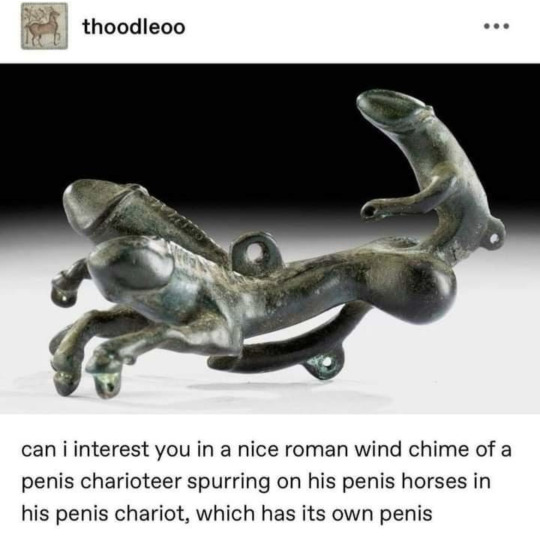#phallus
Text
Hey, the only person I’m trying to please with this blog is meself, so requests to post or not post more of something or less of something are just going to amuse me at best.
But I do think the request to tag literal penis is reasonable help me decide what that tag should be:
473 notes
·
View notes
Text
Ancient Roman penis sculpture could be the largest of its kind ever discovered
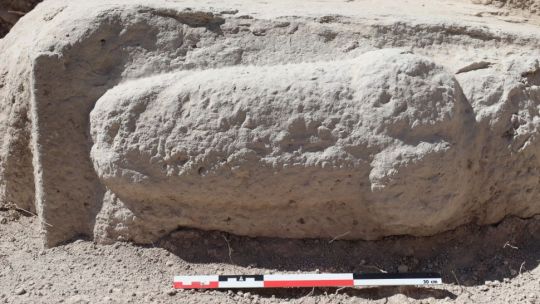
A girthy stone penis sculpture recently uncovered at an ancient Roman site in Spain measures about 18 inches (46 centimeters) long, which could make it the largest Roman phallus carving ever discovered. The chiseled genitals may have been carved and displayed to ward off bad luck, according to experts.
Archaeologists uncovered the lengthy sculpted shaft at El Higuerón, a site near the town of Nueva Carteya in the Córdoba region of Spain. The Historical Museum of Nueva Carteya, which is leading the excavation of the site, shared the find in an Aug. 19 Facebook post.
El Higuerón dates to the fourth century B.C. and was originally an Iberian settlement before it was overtaken and built upon by the Romans, who conquered the region in 206 B.C. Researchers suspect that the eye-catching penis artwork was carved into a stone that was once proudly displayed at the base of a tower built by the Romans. Read more.
3K notes
·
View notes
Text
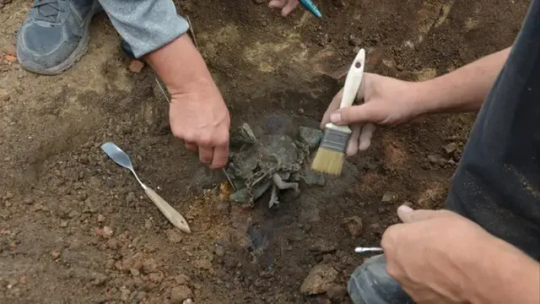
'Magical' Roman Wind Chime with Phallus Found in Serbia
Phallic objects like this were common in the Roman world to ward off evil.
Archaeologists have unearthed a Roman wind chime called a tintinnabulum — featuring a prominent phallus — at an archaeological site in eastern Serbia.
Such objects, which were hung near the doorways of houses and shops, were believed to serve as magical protection for the premises. This one was discovered on the porch of a large home on a main street in Viminacium, an ancient Roman city, the extensive ruins of which now lie near the Serbian town of Kostolac, about 30 miles (50 kilometers) east of Belgrade.
"The building was destroyed in a fire, during which the porch collapsed and fell to the ground," Ilija Danković, an archaeologist at the Institute of Archaeology in Belgrade, told the Serbian-language website Sve o arheologiji.
Tintinnabulums were designed to catch the wind, supposedly so their noise and unusual appearance would frighten off evil spirits and ward off the curse of the evil eye, which was greatly feared in antiquity.
Viminacium was the civil and military capital of Rome's Upper Moesia province from the first to fifth centuries, until it was sacked by the Huns under Attila in 441. The city was rebuilt under the Byzantine emperor Justinian, but it was finally destroyed by invading Slavs in about 535.
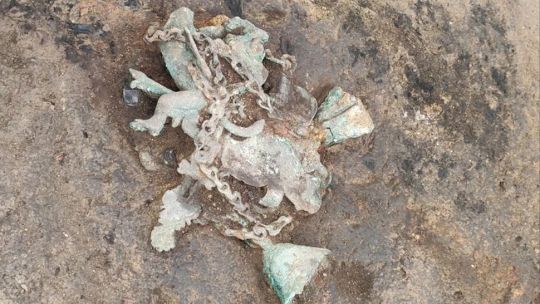
Magical phallus
This is the second tintinnabulum found in the ruins. The first is now in a private collection in Austria; nothing is known about its discovery, he said.
However, the newly discovered tintinnabulum was discovered in its full archaeological context. "As soon as we started uncovering it, we knew immediately what we had discovered," he said.
The latest tintinnabulum from Viminacium is made of bronze, but it is being kept surrounded by soil until it can be properly restored. As a result, its exact configuration isn't known. But it is centered on a "fascinum" — a portrayal of a magical phallus — with two legs, wings and a tail, he said.
"Judging by what can be seen … it had four bells and the chain from which it hung," Danković said, adding that there also seemed to be other elements to the design not seen on other tintinnabulums.
Roman beliefs
The symbol of a phallus wasn't always erotic or obscene for the ancient Romans, Danković said. "It was a bringer of good fortune and happiness, and an efficient weapon to combat the evil eye," he said. "For this reason, phalluses can be seen everywhere in the Roman world, from wine cups to the amulets worn by children."
He added that the symbol was often publicly displayed to summon prosperity and deter thieves.


The discovery of the tintinnabulum is evidence that Viminacium was "in every sense a part of the Roman world," Danković said.
Not only did its people share many Roman beliefs, he said, but it's likely that the tintinnabulum was imported from elsewhere in the empire, showing that there were social elites at Viminacium who were willing to pay a significant amount of money for such an object.
Ken Dark, an archaeologist and historian at King's College London who wasn't involved in the discovery, said the Viminacium tintinnabulum was a type of "apotropaic" amulet that was designed to ward off evil influences and give protection to people or their property.
Such amulets "were common in the Roman world, and these sometimes took forms which would seem very strange — or even comical — to us today," he told in an email.
By Tom Metcalfe.

#'Magical' Roman Wind Chime with Phallus Found in Serbia#tintinnabulum#phallus#bronze#ancient artifacts#archeology#archeolgst#history#history news#ancient history#ancient culture#ancient civilizations#roman history#roman empire#roman art
97 notes
·
View notes
Text

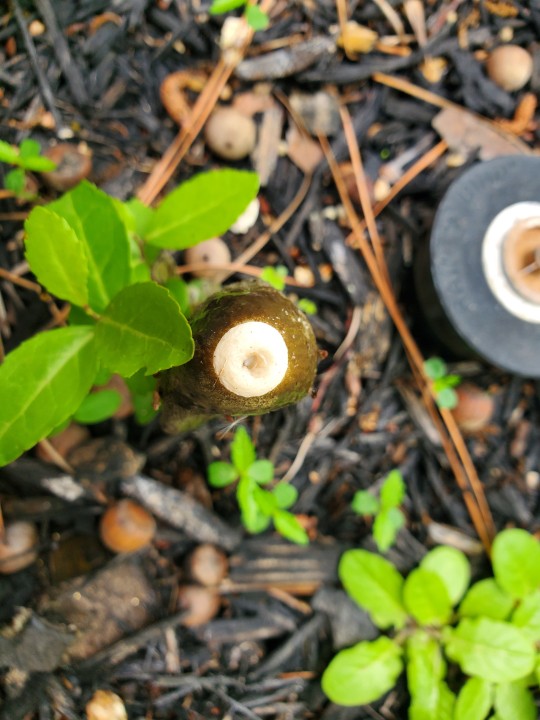
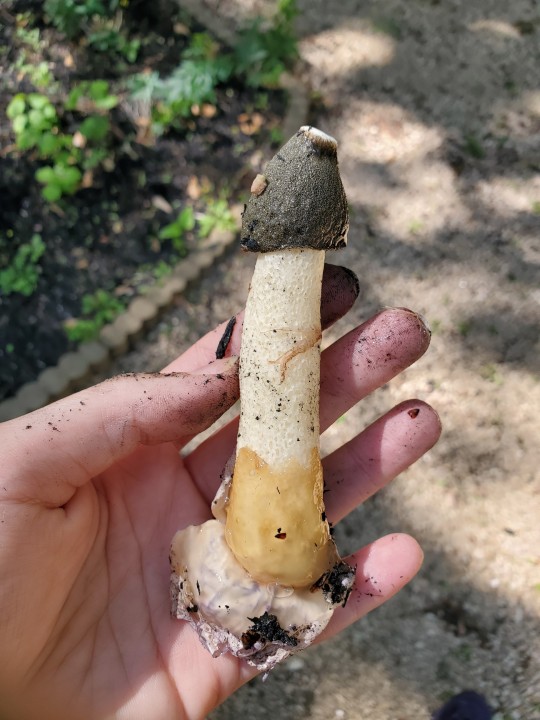
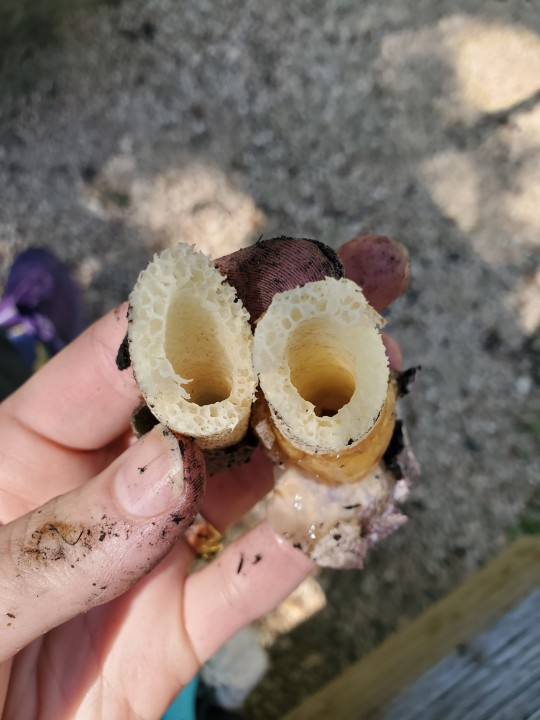
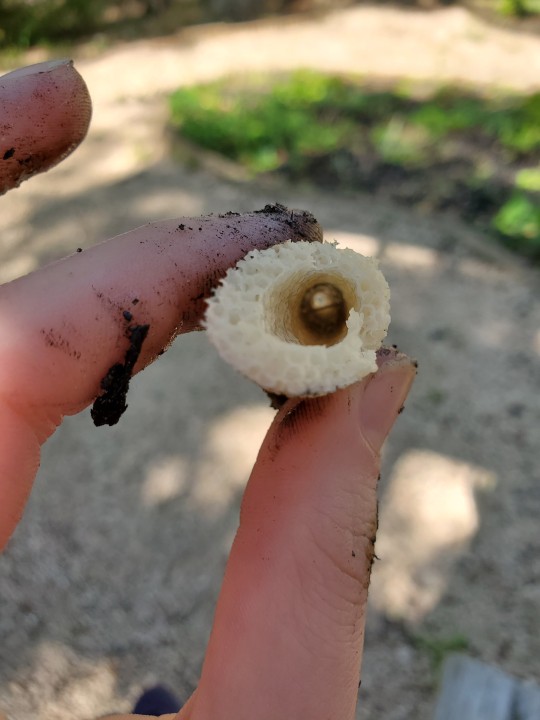

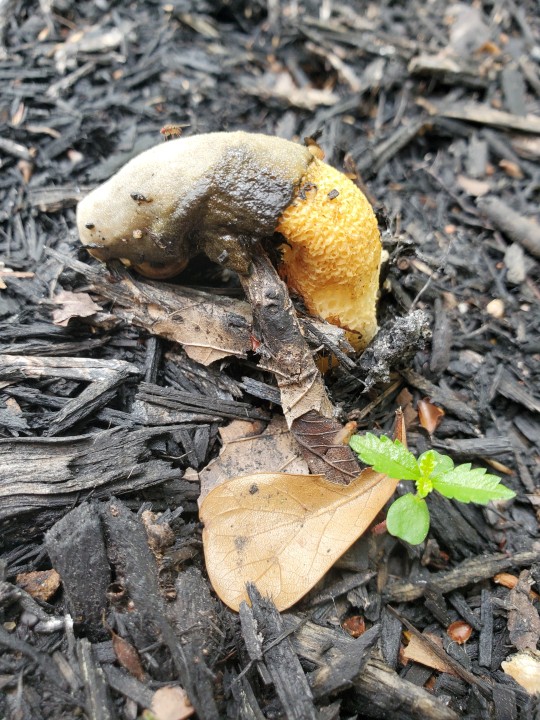
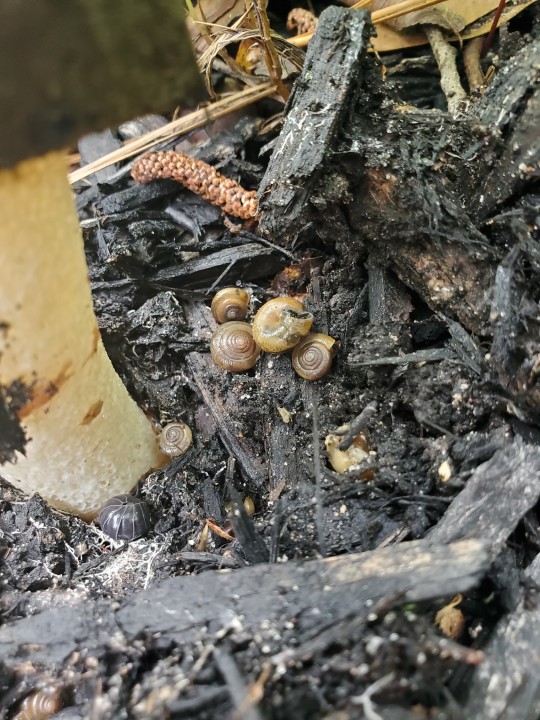


Ravenel's Stinkhorn 》 Phallus ravenelii
So many stinkhorns! I've only ever seen them in one specific flowerbed on campus but they are thriving there.
A couple had already gone, well... flaccid. But I picked one apart and found some goo! Beneath the outer layer of the volva is a clear, gelatinous substance that seems to be unique to the Phallaceae family.
They also have a unique stipe called a receptaculum that is hollow all the way through the hole at the tip of the cap. It's quite easy to see how this genus got its name.
Southeast Texas, 4 April 2024
#amatuer mycology#mushroom hunting#mushrooms#mycology#fungi#mushrooms of texas#texas mushrooms#wild fungi#fungi of texas#fungarium#foraging#wild mushrooms#mushroom#mushroom identification#species identification#ravenels stinkhorn#stinkhorn#stinkhorn mushroom#genus phallus#phallus#rot#mycelium#goo#goblincore#special interest
25 notes
·
View notes
Photo
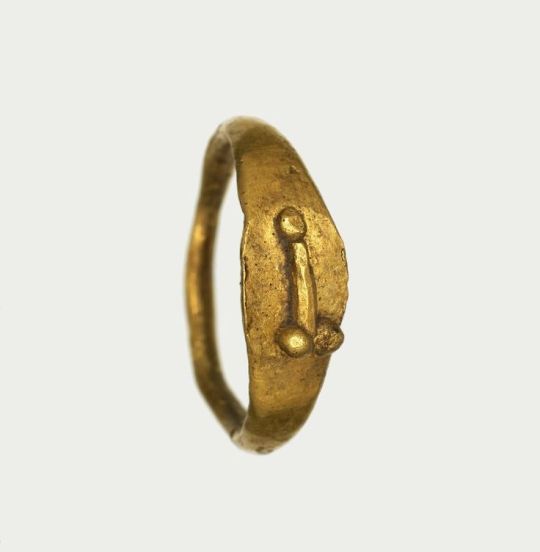
Echoes of the Empire Ancient Roman Finger Ring, a Phallic Emblem of Fertility and Fortune
24 notes
·
View notes
Note
Penis,cock or dick?
Wich should the science community use?
Phallus
51 notes
·
View notes
Text

...
/A Nameless Ghoulette
#ghost#ghostbc#the band ghost#ghost bc#ghost news#ghost band#thebandghost#papa emeritus 4#nameless ghouls#papa emeritus iv#phallus#infestissumam
54 notes
·
View notes
Note
penis serious penis delirious
go into the woods call that
penis mysterious
penis various penis hilarious
dawn of the age of the penis aquarius
penis ponticulous penis meticulous
wearing my clown shoes im penis ridiculous

I wanted to answer this with a GIF of a dancing penis, and I got lost on the Internet for three days, looking at the beautiful dancing penises. Sigh. I really miss being able to post that kind of thing.
252 notes
·
View notes
Text

Bronze statuette possibly of the Roman fertility god Priapus, made in two parts (shown here in assembled and disassembled forms). This statuette has been dated to the late 1st century AD.
It was found in Rivery, in Picardy, France in 1771 and is the oldest Gallo-Roman object in the collection of the Museum of Picardy. This figurine represents the deity clothed in a "cuculus", a Gallic coat with hood, and may be an example of the Genii cucullati. This upper section is detachable and conceals a phallus.
Credit: @ArchaeologyArt
#Roman_Empire
#found_in_Rivery
986 notes
·
View notes
Text
Smooth wooden phallus found at a Roman fort was likely a sex toy

A wooden phallus found in a ditch at Vindolanda, a Roman auxiliary fort in central England, may have been used for sexual purposes, new research suggests.
Archaeologists unearthed the roughly 7-inch-long (17 centimeters) phallus in 1992 and suspected that it could have been used a number of ways, including as a pestle or a good-luck charm to "ward off evil." However, a more recent analysis using 3D scans of the object revealed that both ends were worn smooth compared to the rest of the piece, indicating that it had been touched repeatedly over time, according to the study, published Feb. 20 in the journal Antiquity.
The object is likely the "first known example of a non-miniaturized disembodied phallus made of wood in the Roman world" and was one of numerous items discarded in a second century A.D. ditch, including shoes and dress accessories, small tools, and craft waste items, like scraps of leather and worked antlers, according to a statement. Read more.
648 notes
·
View notes
Text
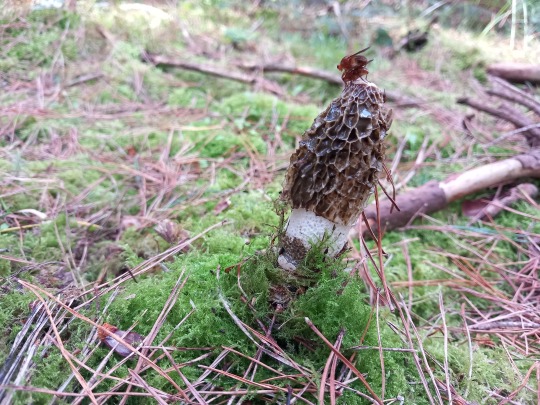
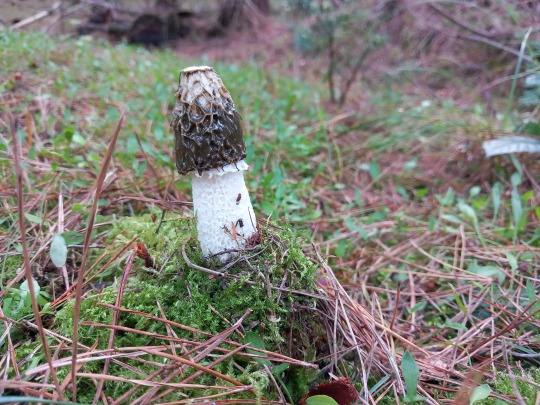
Cambridge, UK, October 2023
Common stinkhorn (Phallus impudicus)
This is the first time I've actually found these infamous fungi by following the scent! They smell powerfully of rotten meat, a feature designed to attract flies (you can see a couple very much enjoying it in the first photo), who eat the gleba - the dark sticky substance that covers the cap. Some of it will stick to the flies, and this is how the mushroom's spores get spread.
They emerge from eggs which, when gathered early enough, are edible, but predictably disgusting tasting.
39 notes
·
View notes
Photo
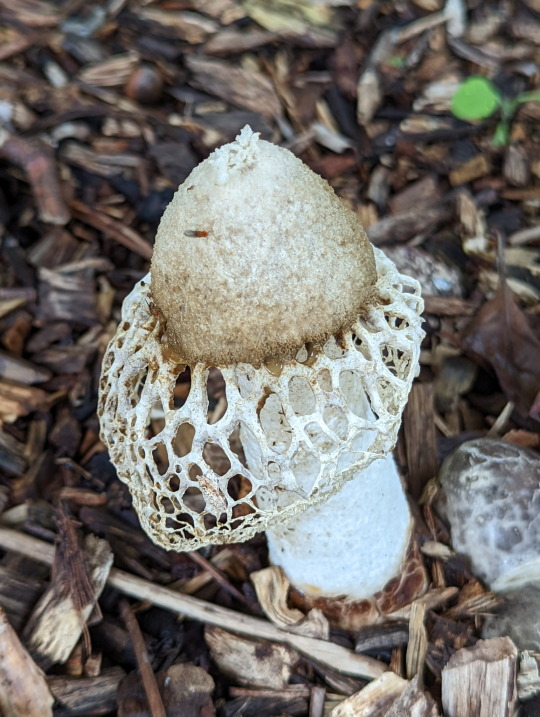
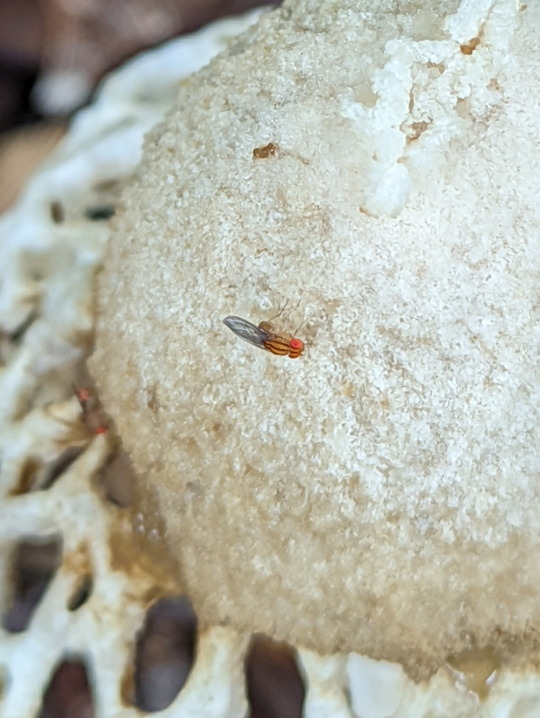


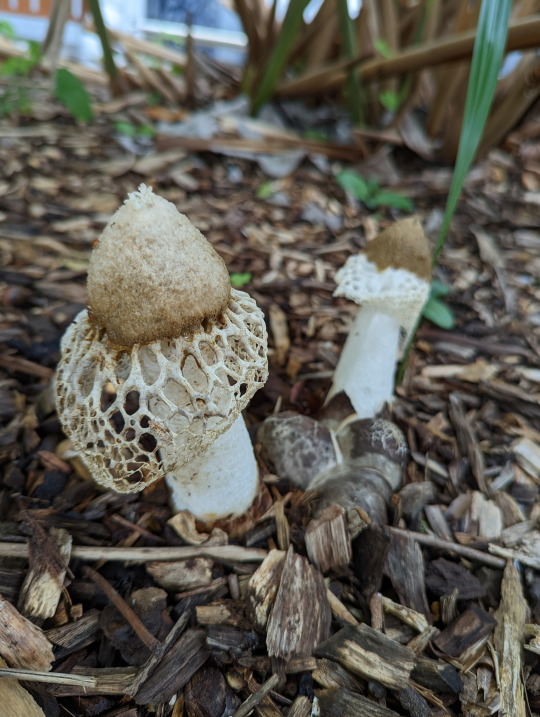

Stinkhorn Mushrooms
The appearance of these mushrooms is quite alien, yet familiar.
Phallus merulinus
11/05/22
#Phallus merulinus#mycology#fungi#fungus#stinkhorns#Phallus#Phallaceae#Phallales#Phallomycetidae#Agaricomycetes#Agaricomycotina#Higher Basidiomycetes#Basidiomycota#Basidiomycete Fungi
123 notes
·
View notes
Text

The great god Pan, 1949, surrealist movie.
#bizarre au havre#surrealist movie#vintage#pan#black and white movies#divinity#surreal#phallus#film surréaliste#film en noir et blanc#divinité#surréalisme
23 notes
·
View notes
Text
I know this looks like clickbait, but they're citing a scholarly paper written by archaeologists.
63 notes
·
View notes
